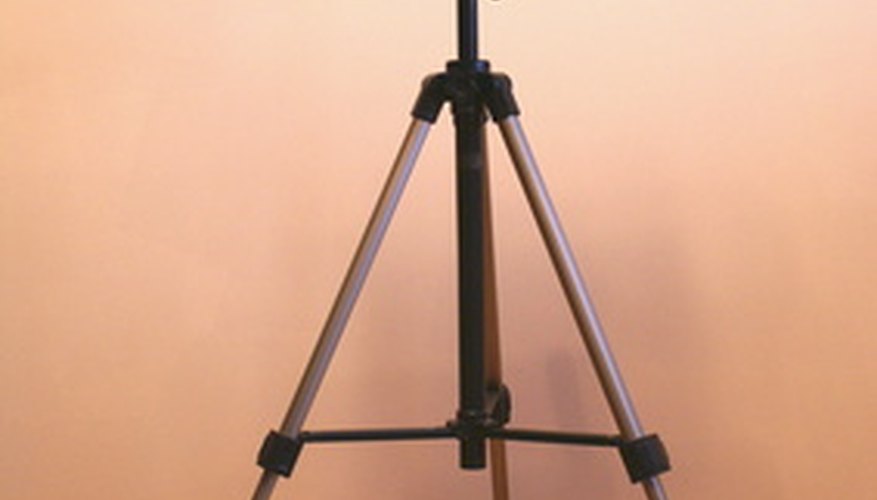Individuals who have been injured due to incidents of domestic violence, assault or during an accident may wish to photograph evidence of their injuries to provide as evidence to law enforcement officials. Other people wish to photograph their scars for personal documentation and interest. There are a few ways to properly photograph a scar.
Use high-quality photography equipment so the photographs will be as clear and detailed as possible. Take the pictures with a blank background, such as a white solid-coloured sheet, to avoid distraction in the photographs.
Take a picture of the whole body with the injury in the photograph. This will give an idea of the scope of the wound in terms of size and shape.
- Individuals who have been injured due to incidents of domestic violence, assault or during an accident may wish to photograph evidence of their injuries to provide as evidence to law enforcement officials.
- Take a picture of the whole body with the injury in the photograph.
Take several more photographs that get closer to the scar with each photograph, which demonstrates that the person in the photograph is still the one in the whole body picture.
- Take several more photographs that get closer to the scar with each photograph, which demonstrates that the person in the photograph is still the one in the whole body picture.
Take several photographs of the scar from a close-up distance and from a variety of angles. Turn the body different ways to get pictures of the scar from different sides. Make sure there is good light to accurately display the scar in terms of size, shape and colour.
Avoid using the flash when taking the pictures, as bright light and flashes will reflect off of the scar, especially on light-coloured skin, distorting the image.
Hold a ruler up next to the scar and take a picture to show the exact size of the injury.
Continue taking pictures either every day or every other day to show the development and eventual healing of the scar. Write down the date, time of day, and name of the person taking the pictures every day to keep a record of each photography session.
TIP
Be aware that many courts do not allow personal photographs as admissible evidence. Check with your lawyer if taking pictures for a legal case.
